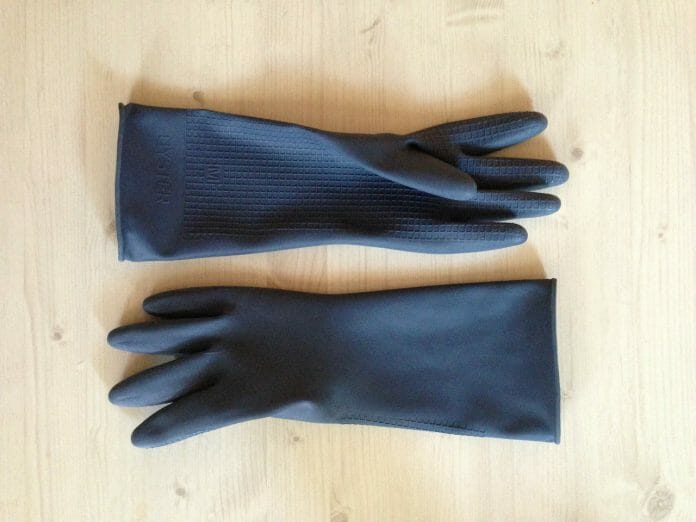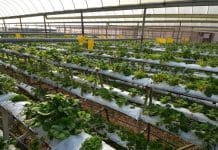Gloves’ average selling price (ASP) is expected to continue falling in the first half of 2022, albeit at a slower rate of 5% month-on-month (MoM), as opposed to 10% MoM previously.
According to the Hong Leong Investment Bank Bhd (HLIB Research), “Glove prices had fallen closer to pre-Covid levels, with the current ASP being US$25-35 per thousand pieces compared to the pre-pandemic ASP of US$21 per thousand pieces,”
“We also note that the pricing difference between the US market and European Union (EU) market is also narrowing, at US$5 the difference now, as opposed to a US$10 gap earlier.
“In our view, glove prices are likely to reach pre-Covid levels by the second half (Q2) of 2022.”
Furthermore, according to HLIB Research, in the face of falling ASPs, glove buyers have refrained from stocking up on gloves to avoid locking in high-priced purchases.
“However, with glove prices slowly approaching pre-Covid levels, we think that restocking activities could gradually resume in 1H 2022.
“That said, we expect utilisation rate for the glove producers to remain below pre-Covid levels of 80-85 percent in 1H 2022, due to overall softening in demand,” the firm noted.
Glove ASPs have been on a downtrend since mid-2021, following a mass rollout of vaccination programmes in major glove-consuming countries, as the better vaccination coverage has greatly alleviated buyers’ urgency to stock up on gloves.
The spike in glove demand previously has resulted in nitrile butadiene rubber (NBR) latex prices to more than double to a high of US$2.40 per kg in early-2021 but has since tapered off, in tandem with the weaker glove demand.
As glove demand continues to normalise and additional supply capacity kicks in, NBR latex prices are expected to reach pre-Covid levels of US$1.10 per kg in early-2022.
With ASPs falling faster than raw material prices, combined with higher operating costs resulting from improved social compliance practises and stricter standard operating procedures (SOP), HLIB predicts that glove makers’ margins will continue to contract.
“Nonetheless, we take solace in the fact that the glove manufacturers we cover have amassed a sizable war chest during the upcycle, and the strong balance sheet should help the glove manufacturers weather this storm better,” the research firm said.









